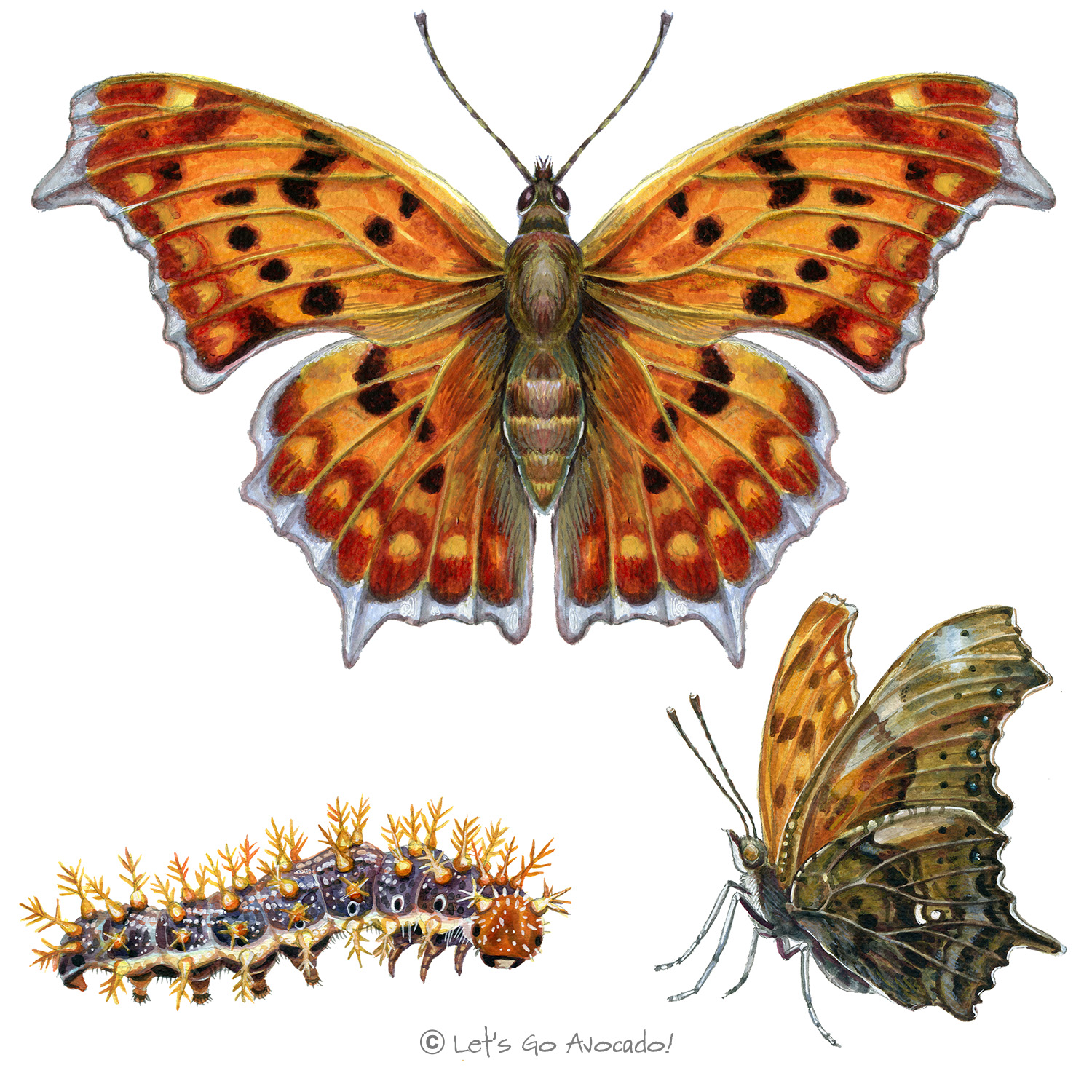

Question Mark
Polygonia interrogationis
This page may contain affiliate links.
Read our disclosure and privacy policy here.
The Question Mark butterfly is a member of the Nymphalidae family and is known for its unique wing markings and intriguing name. With striking colors and patterns, it is easily recognizable among butterfly enthusiasts and often sparks interest due to its distinctive punctuation-like mark on the underside of its wing.
Question Mark
Common Name
Latin Name
Distribution
Appearance
Size
Habitat
Diet
Lifecycle
Defense Mechanisms
Ecological Importance
ConservationThe act of protecting and preserving natural resources and the environment. Conservation efforts are important to protect beavers and their habitats. Learn More Status

There’s a lot to explore right where we are, in our own neighborhoods and backyards! Join us while we get off the couch and explore the everyday wonders of nature, science, space, engineering, art, and anything else we stumble upon during on our adventures.







